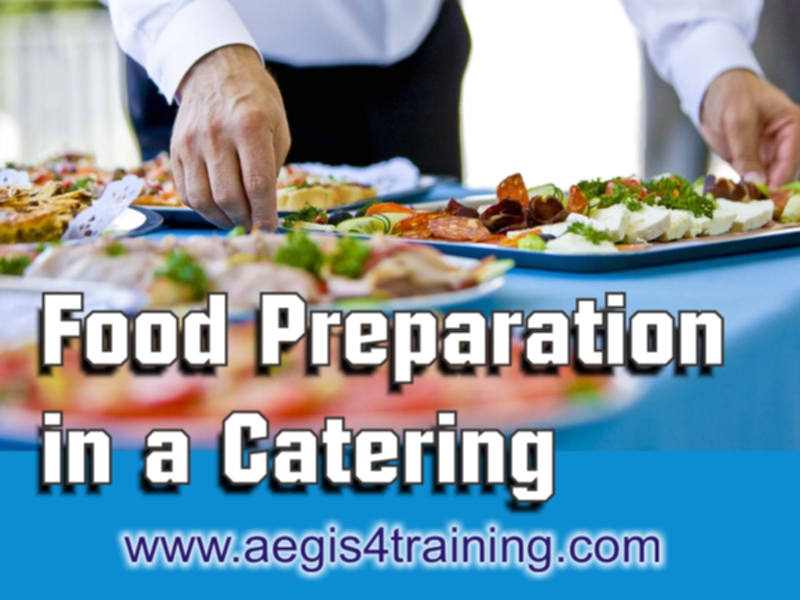
Proper catering is a good way to encourage healthy eating whether it is at an occasion, function, cafeteria, school or workplace. Doing little changes to your recipes can make a big difference to the overall health food being served.
Recipe modification could incorporate increasing the number of healthy choices served, adding in more fruit, vegetable or whole grain to your dish or substituting certain ingredients for healthier options.
To assist caterers serve improved healthy food, the Heart Foundation has a series of resources for a variety of settings including community events and functions, BBQs, sporting events, schools, meetings, conferences, seminars, schools and workplaces.
How do caterer keep their food safe
A caterer is in charge for keeping control of and ensuring the safety of the food from receiving to service.
Member of staff who handles food is supervised and instructed and or trained in food hygiene in a way that is appropriate for the work they do. The people in charge for developing and maintaining your business’s food safety management procedures must have received adequate training to enable them to do this. There is no legal requirement to attend a formal training course or get a qualification, although many businesses may want their staff to do so. The necessary skills could also be obtained in other ways, such as through on-the-job training, self-study or relevant prior experience.
When food is being set for a catering event, the following has the tendency to increase the risk of a foodborne sickness outbreak:
- Contaminated equipment
- Food from unsafe sources
- Poor health and hygiene of employee
- Wrong cooking temperatures and times
- Wrong hot and cold holding temperatures and times
Control measures to minimise the risk of a foodborne sickness outbreak are:
- Do not allow ill employees, clean hands properly by washing, and avoid bare hand touching with food.
- Cook raw animal foods to the minimum temperatures and times.
- Check food sources and evaluate received foods for temperature abuse, cross-contamination and labeling.
- Make sure to store food and wash, rinse, and sanitize food-contact surfaces.
- Avoid the temperature danger zone (between 41°F and 140°F).
The Aegis4training website provides more information about the requirements, such as employee personal hygiene, temperature and time requirements for foods, serving locally grown produce in food facilities, cooling potentially hazardous foods, and safe operation of a food establishment.
